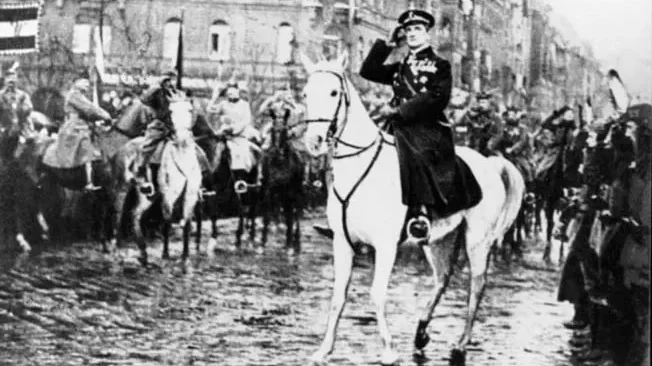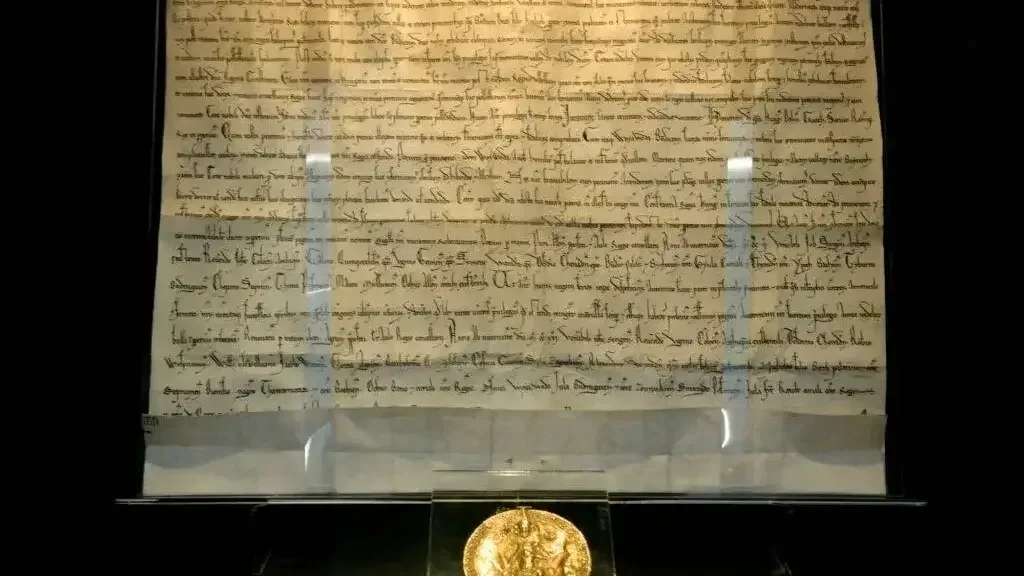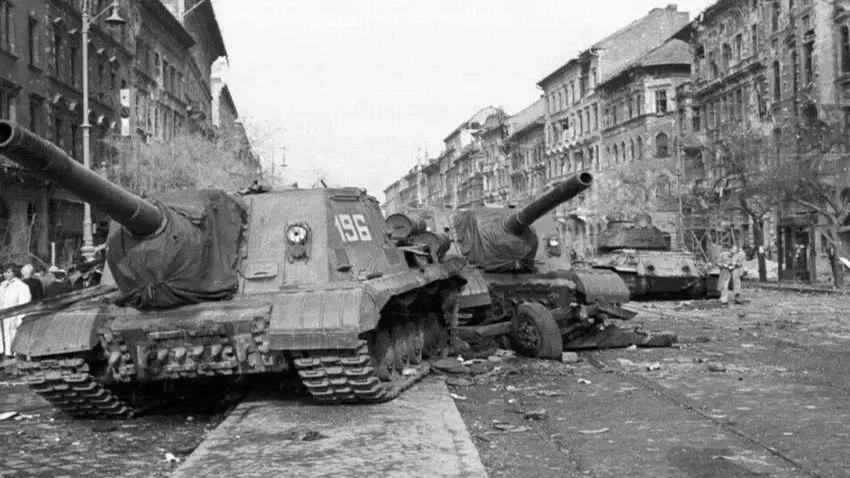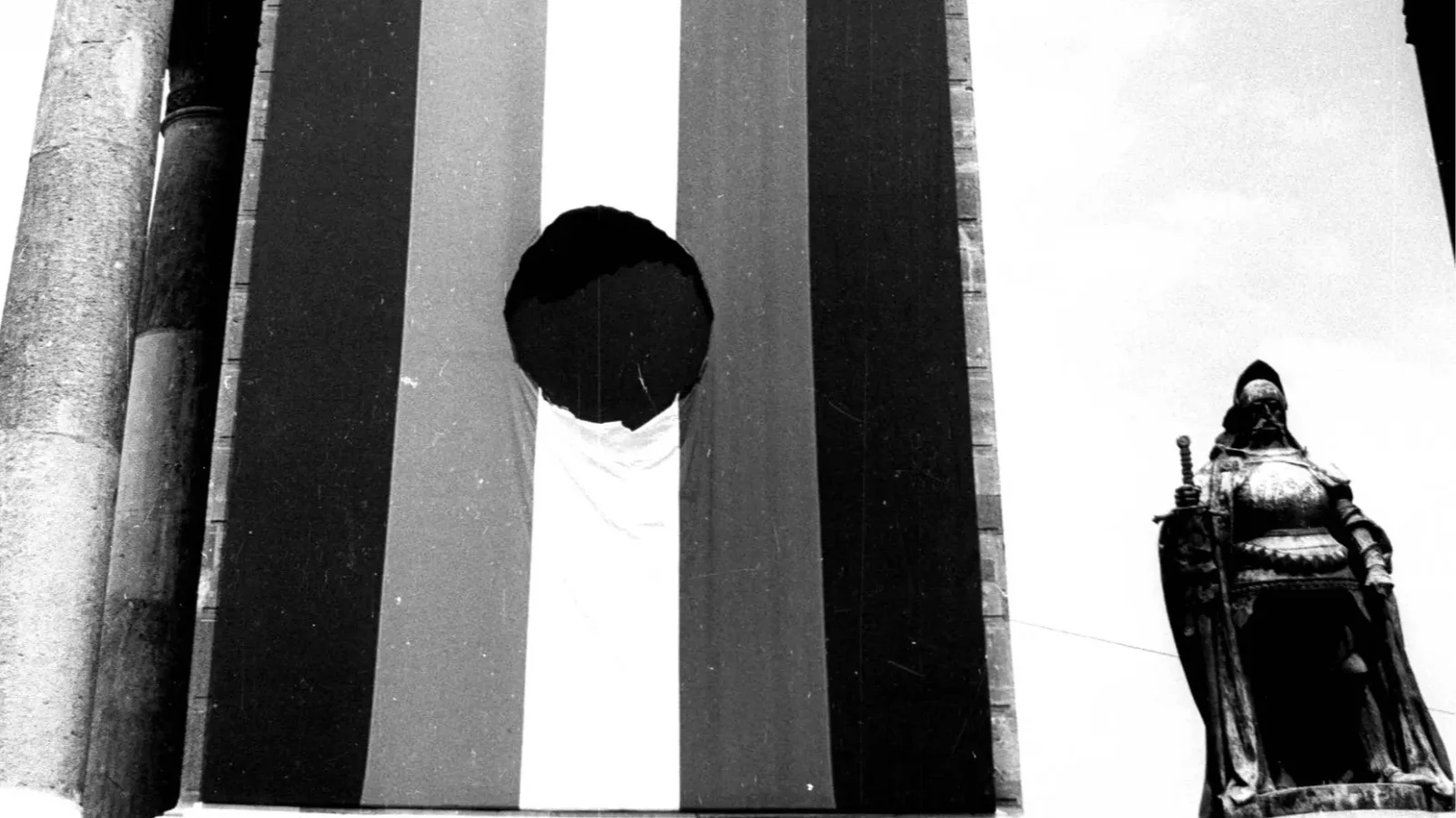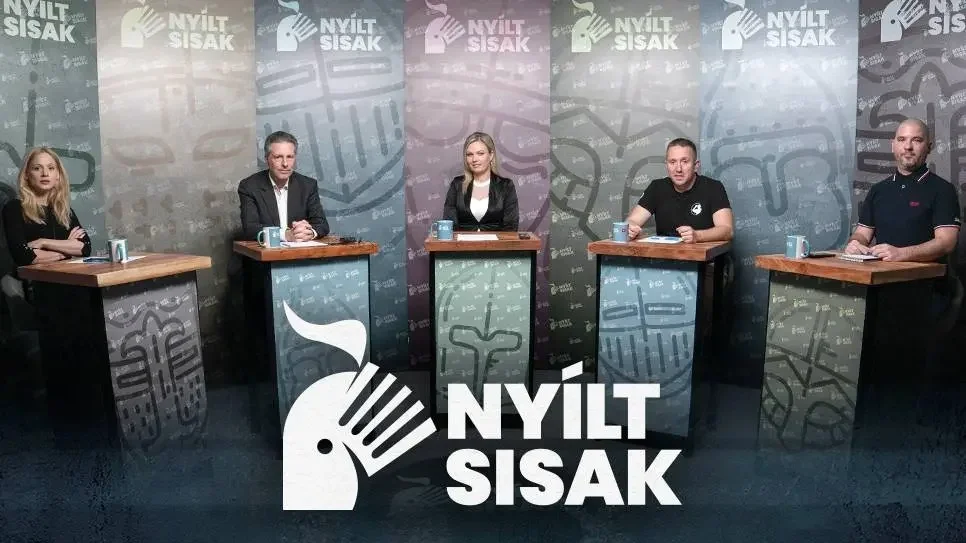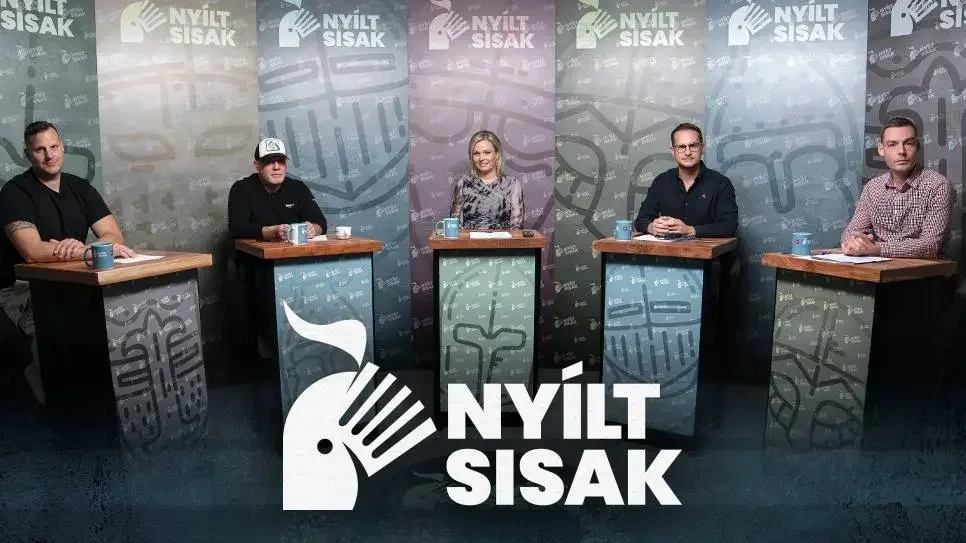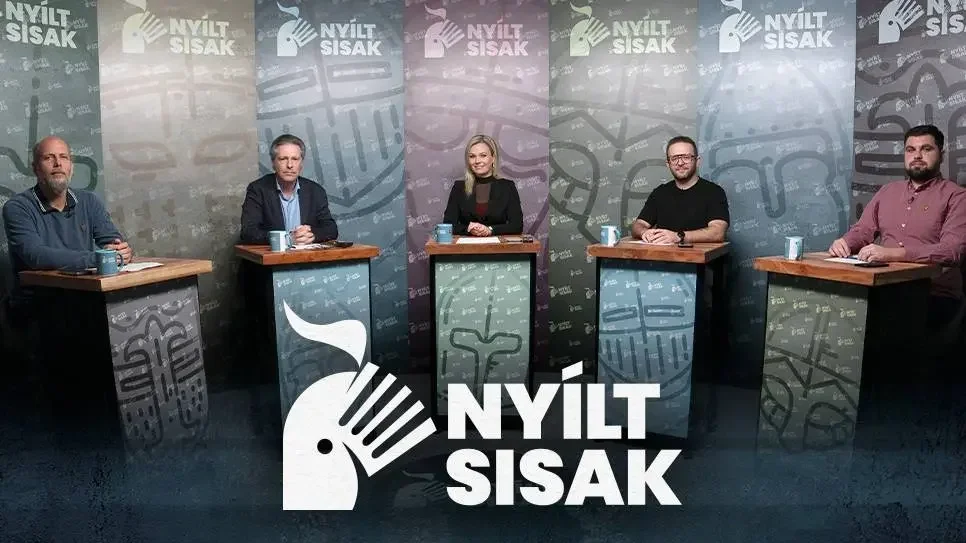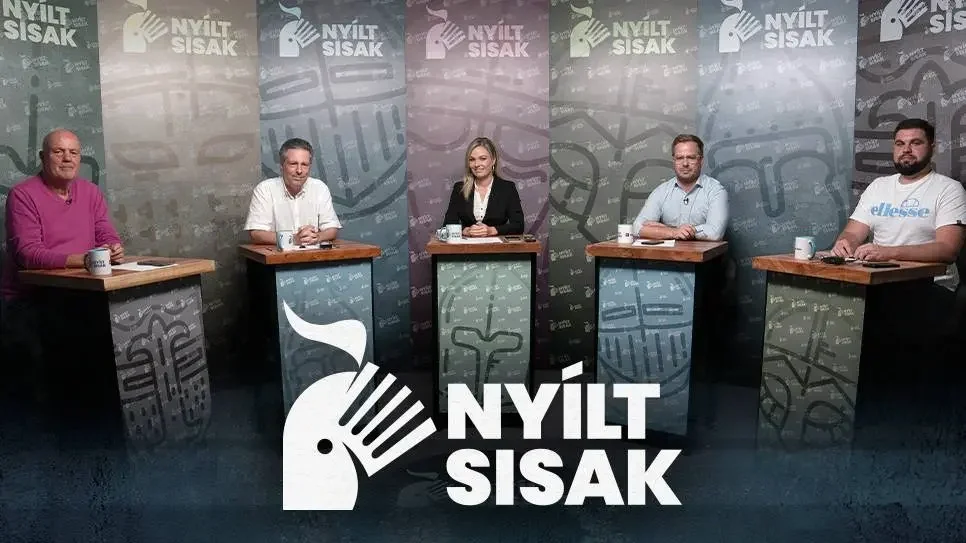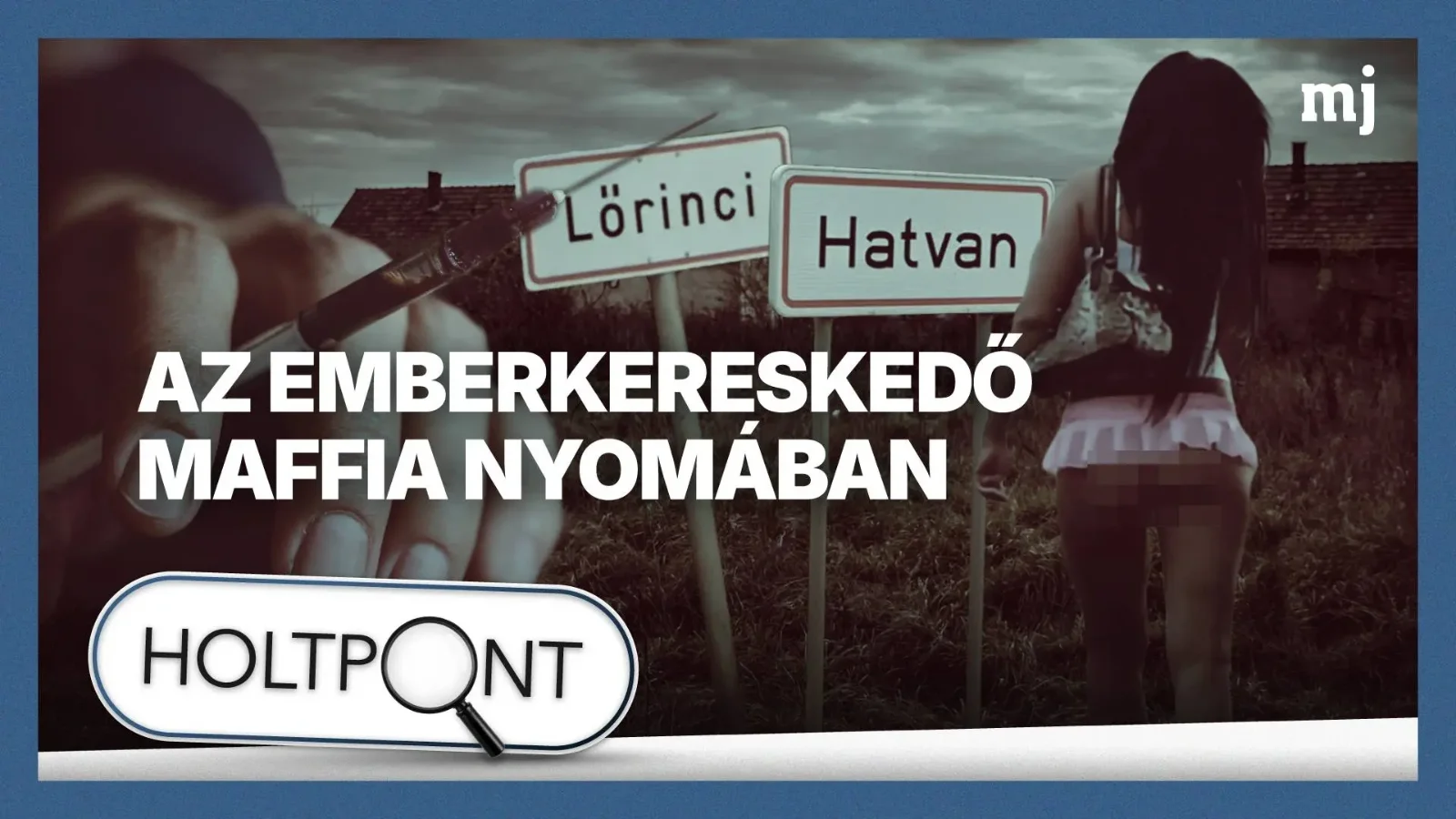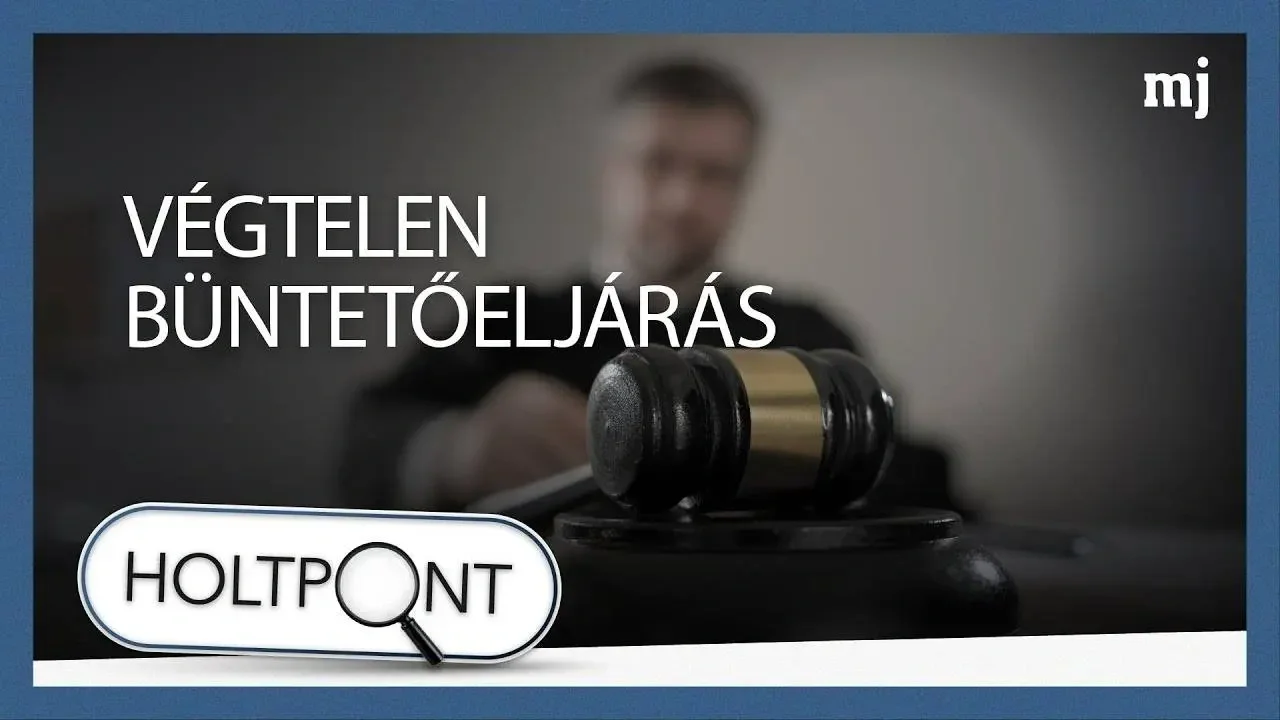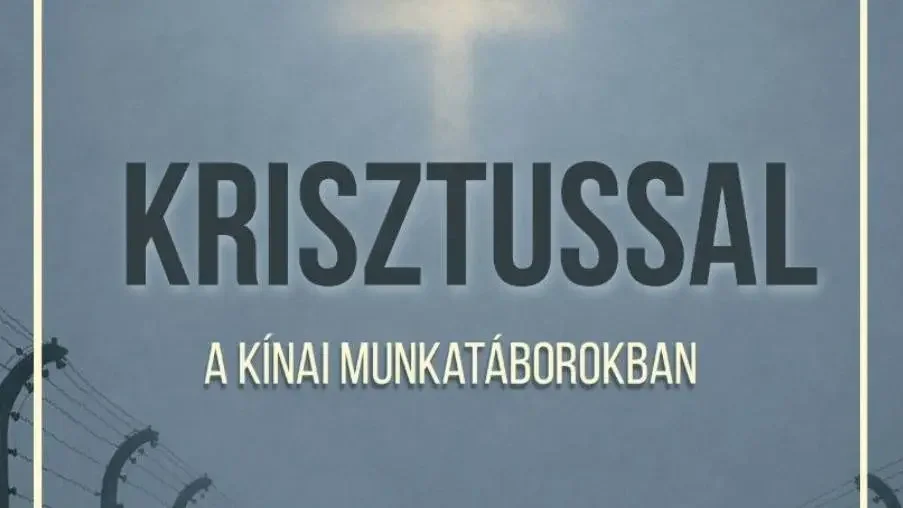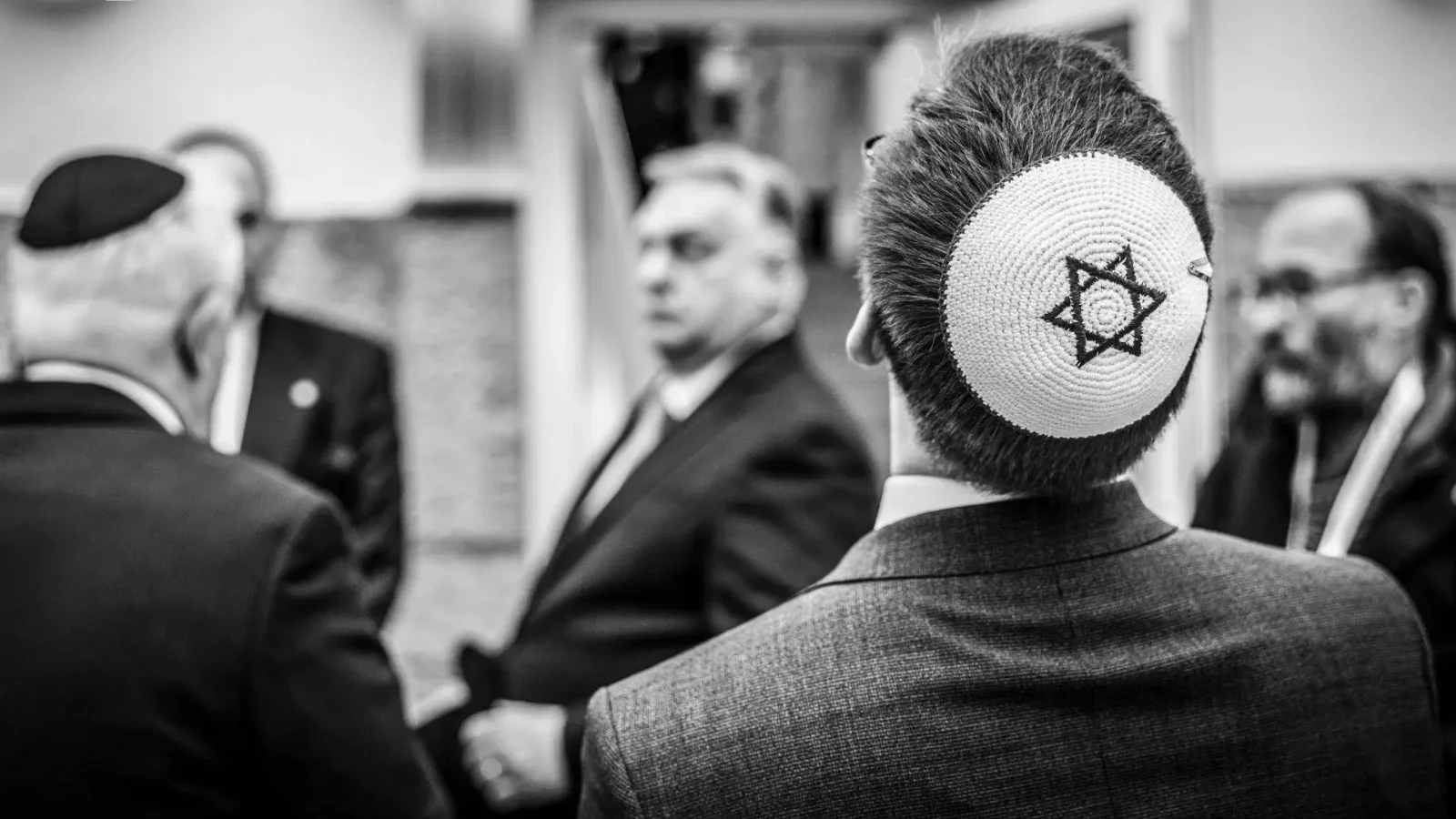Nationalists Stand Strong Blocking Budapest Pride’s Path
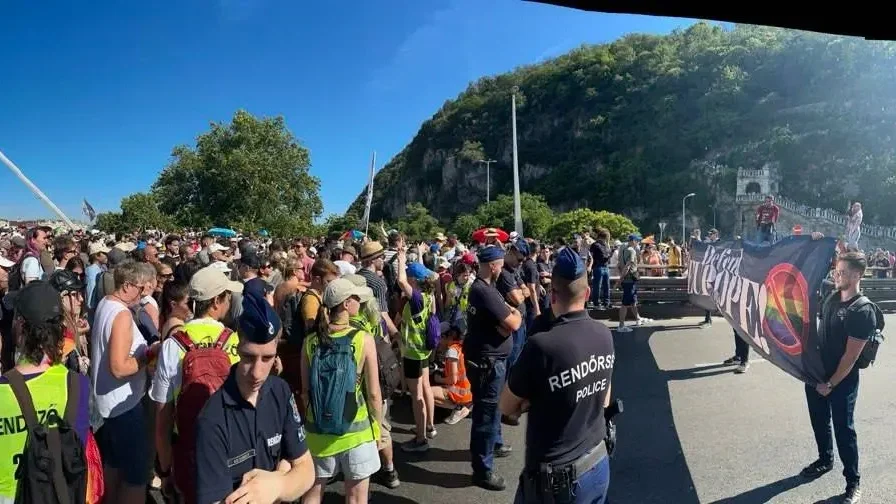
Budapest saw a confrontation of visions for the nation unfold in real time as tens of thousands assembled in defiance of legal prohibitions to hold the Budapest Pride march. The gathering, declared illegal by municipal and national authorities, moved forward without official sanction. The organizing groups pressed on, while nationalist youth preempted the event's planned route with a lawful demonstration of their own. The city became the stage for two forces that now rarely coexist in silence.
The Budapest Pride march encountered deliberate obstruction as Mi Hazánk Mozgalom (Our Homeland Movement) and the Hatvannégy Vármegye Ifjúsági Mozgalom (Sixty-Four Counties Youth Movement - HVIM) positioned themselves on the Szabadság (Freedom) Bridge. Mi Hazánk publicly declared their intent to “legally close” the bridge on the Pest side, preventing the parade from crossing as planned. This compelled organizers to divert the route toward Erzsébet (Elisabeth) Bridge. Meanwhile, HVIM secured key public spaces along the original route, including stretches of Andrássy Avenue and the area adjacent to Városháza Park (City Hall Park). These moves, framed by the groups as a defense of national tradition and public order, resulted in noticeable interruptions to the event’s progression.
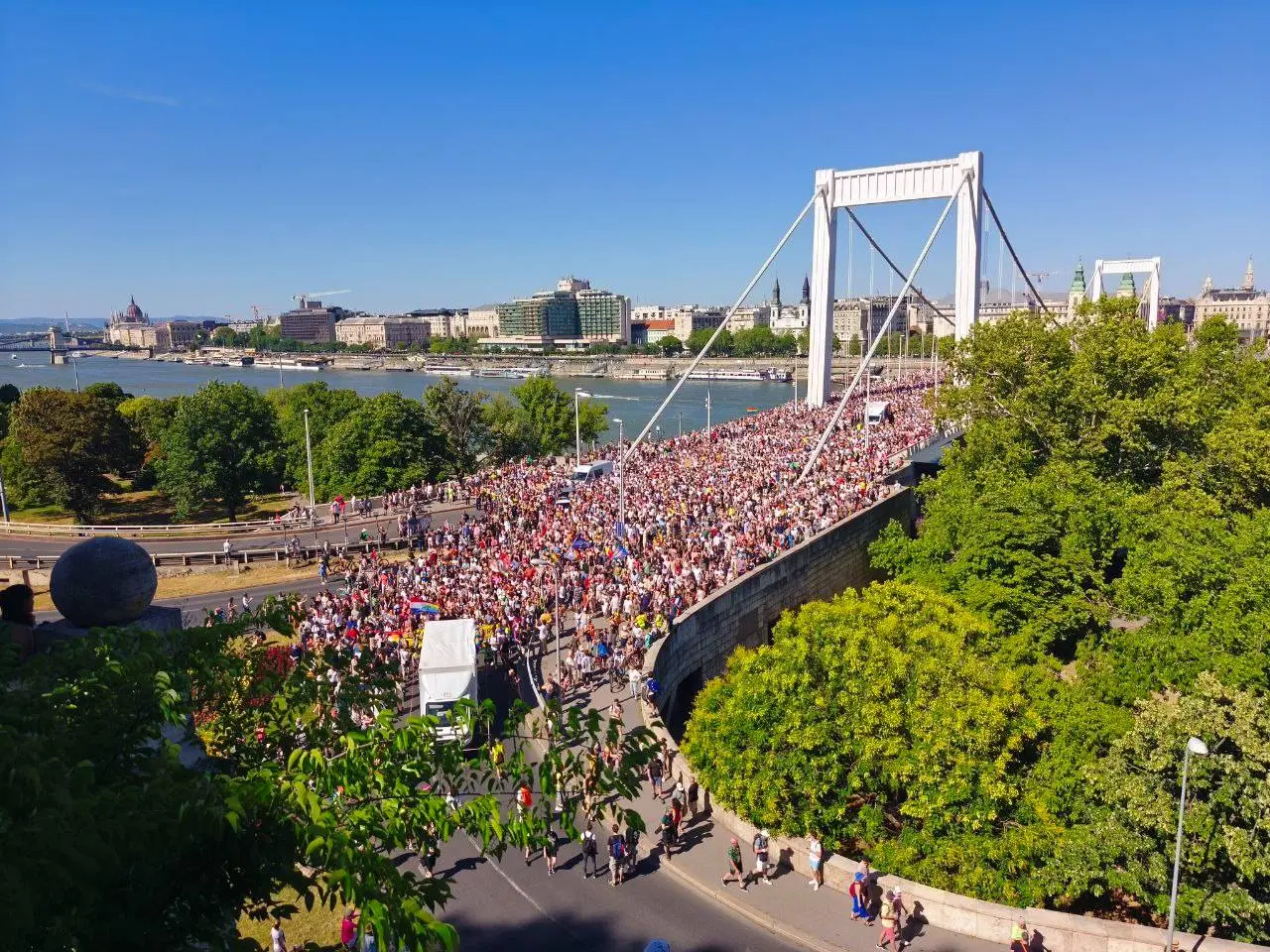
Tens of thousands of marchers are crossing the Erzsébet (Elisabeth) Bridge, with a significant portion coming from other countries.
Mi Hazánk issued a statement emphasizing the protection of public spaces from what they described as “provocative demonstrations,” underscoring their commitment to traditional national and Christian values.
Despite government restrictions, the Pride event proceeded with tens of thousands in attendance. Authorities expressed concern over the disruptions, prompting increased security presence throughout the city. On social media, HVIM shared updates from their positions, portraying their actions as efforts to maintain civic order and preserve the city’s cultural fabric. The confrontation, while peaceful, exposed a profound divide in Budapest’s social landscape, with each group asserting its right to public expression within the capital’s contested spaces.
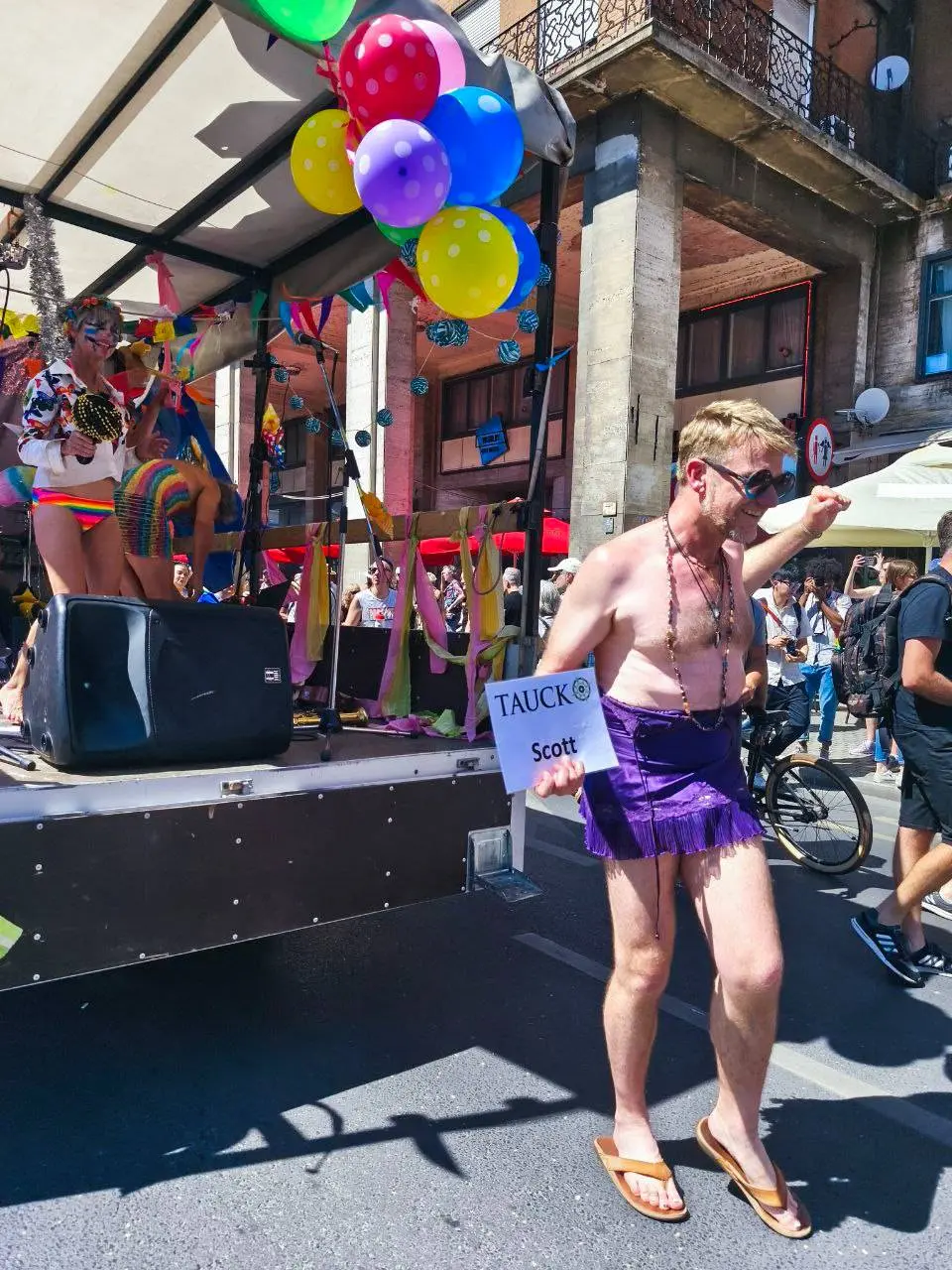
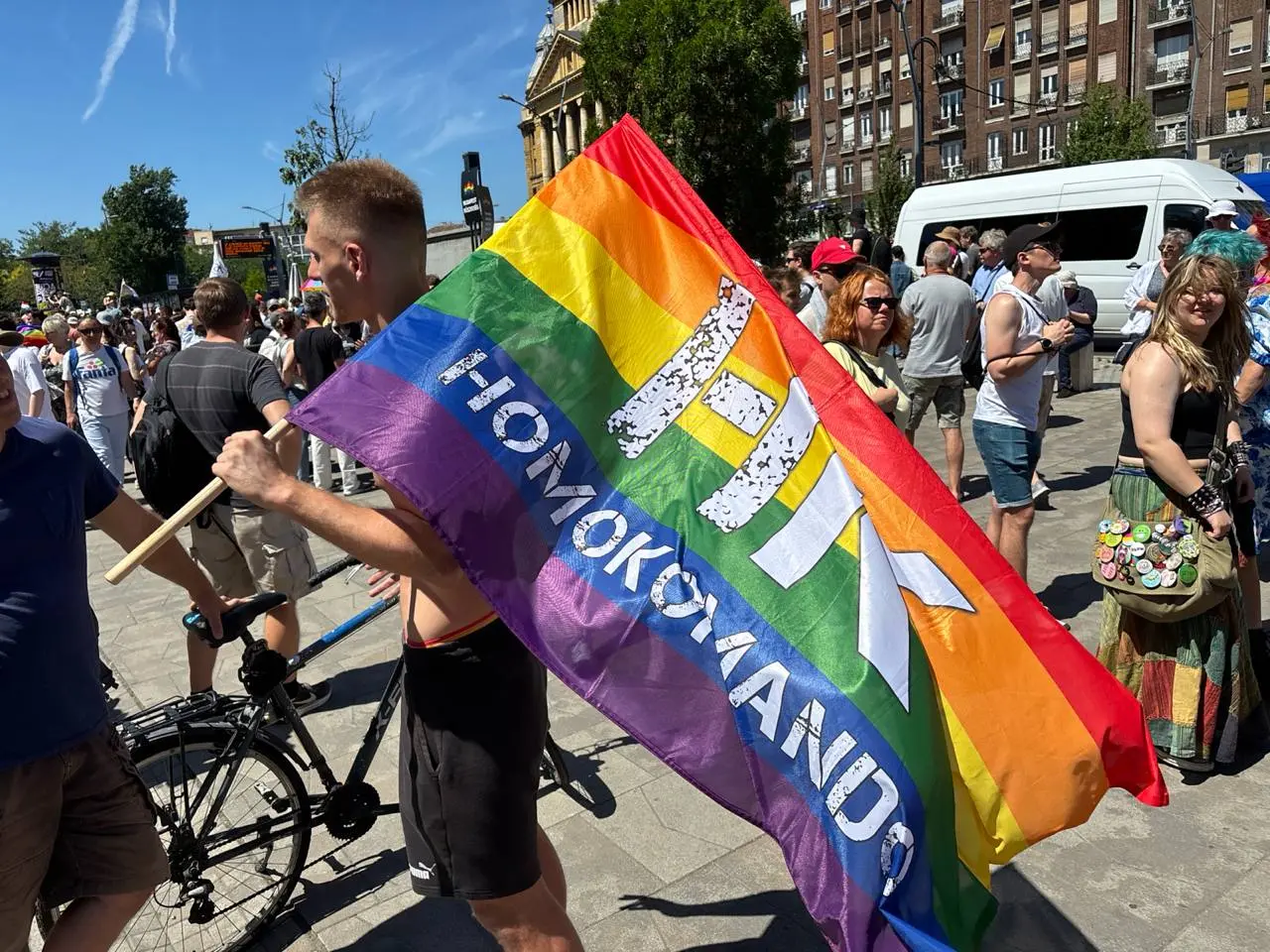
The Pride assembly drew not only LGBTQ organizations and individual supporters but also a visible cohort from the political extreme left. Marchers included self-described anti-fascists, anarchists, and individuals waving the red star and hammer-and-sickle banners. Footage showed colorful and deliberately morally provocative costumes that ran contrary to earlier appeals by Pride organizers for subdued appearances. Rather than conform to the planned restraint, many participants chose public displays of depravity calculated to attract maximum attention.

Marxists openly expressing their stance on the issue
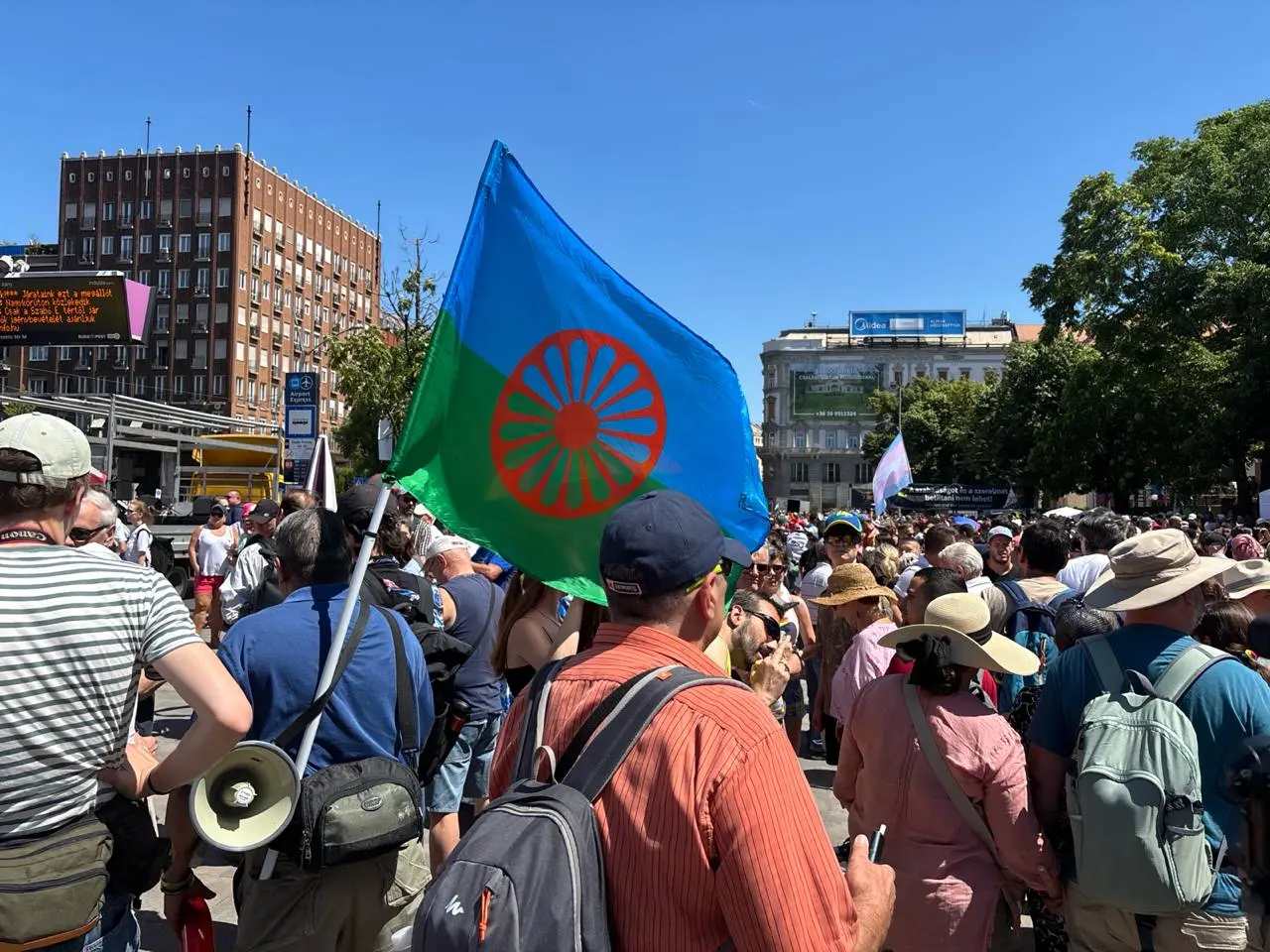
The truly diverse group was completed by Gypsy representatives, who also showed up to support the illegal marchers.
The parade route was planned to begin from Városháza Park, a central square that serves as a symbolic and logistical launch point. But this time, the Pride organizers encountered an obstacle. The space had already been lawfully reserved by HVIM. HVIM's leadership made clear the choice was not symbolic. Their stated intent was to prevent the physical takeover of civic space for purposes they regard as incompatible with Hungary's national, moral, and cultural character.
HVIM’s assembly began early in the day. Participants gathered calmly and in full compliance with regulations. The police, present in moderate numbers, allowed the event to proceed without interference. HVIM's positioning sent a message that did not rely on slogans or confrontation. Their presence at the exact location originally chosen by Pride organizers represented a non-negotiable red line. For the youth movement and its supporters, the city square is not a neutral venue. Its use carries implications.

Mi Hazánk Mozgalom, HVIM, and several other Hungarian nationalist organizations stand united and resolute.
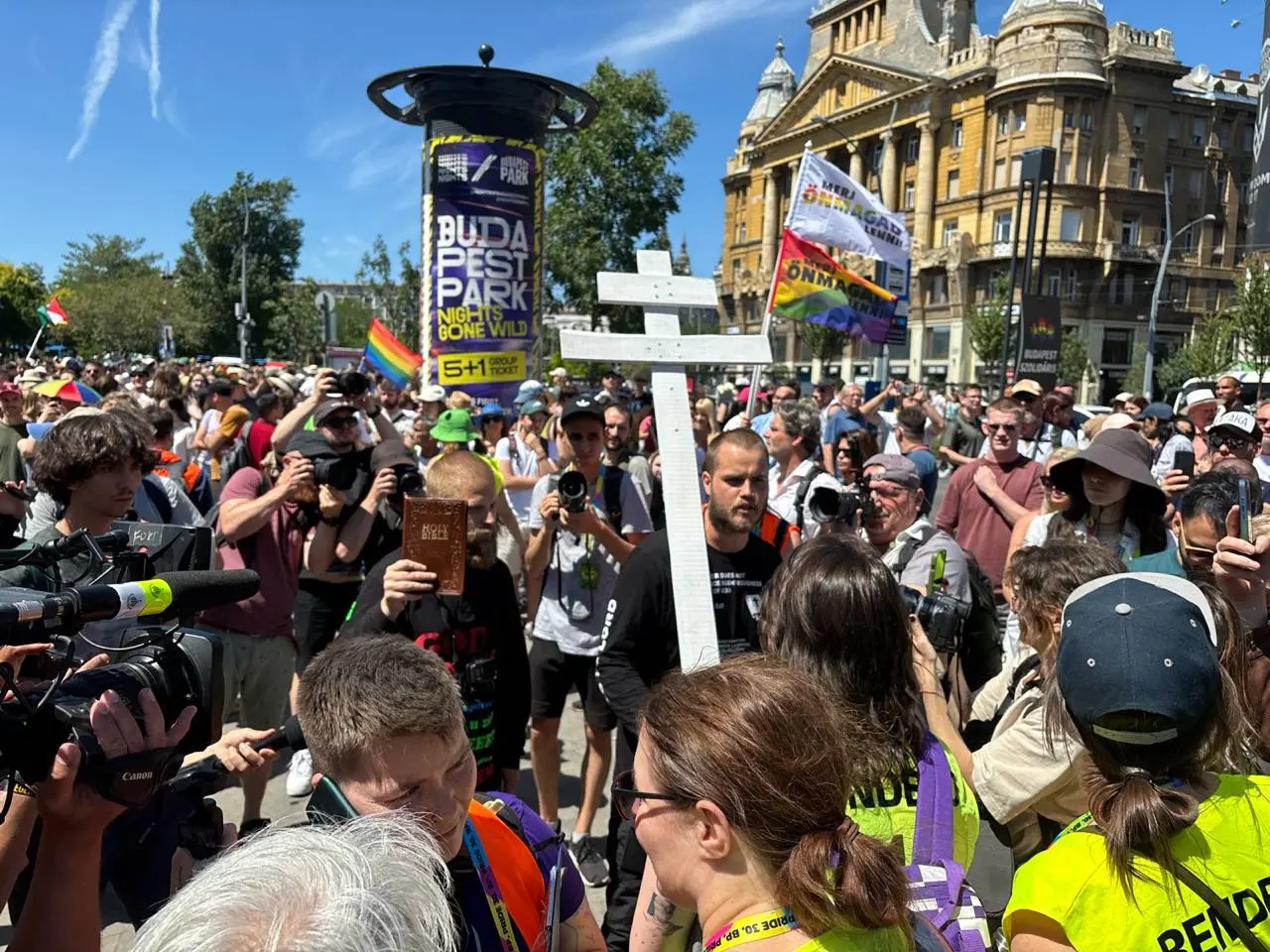
Some carried a huge cross against the crowd, expressing their stand for normality.
Organizers of the Pride event altered their plans accordingly. The march proceeded along alternative streets, attracting sizable crowds throughout the capital. The change in logistics underscored an unresolved tension between those who represent normality and those who seek to corrupt a nation’s soul. The events that unfolded were not marked by open violence or dramatic police clashes. They were shaped by the silent arithmetic of presence, lawfulness, and spatial control, largely reflecting the discipline exercised by Hungarian nationalist movements.
Mi Hazánk and HVIM did not appear as incidental actors. In recent years, both have made a practice of reserving high-profile public spaces during politically charged events. The intent is not disruption for its own sake but the lawful defense of cultural and moral order. Their leadership speaks of duty, grounded in the preservation of Christian heritage, historical continuity, and public decency. They do not rely on spectacle. They operate within the framework of the law, using the same procedural instruments often employed against them, but for different ends.
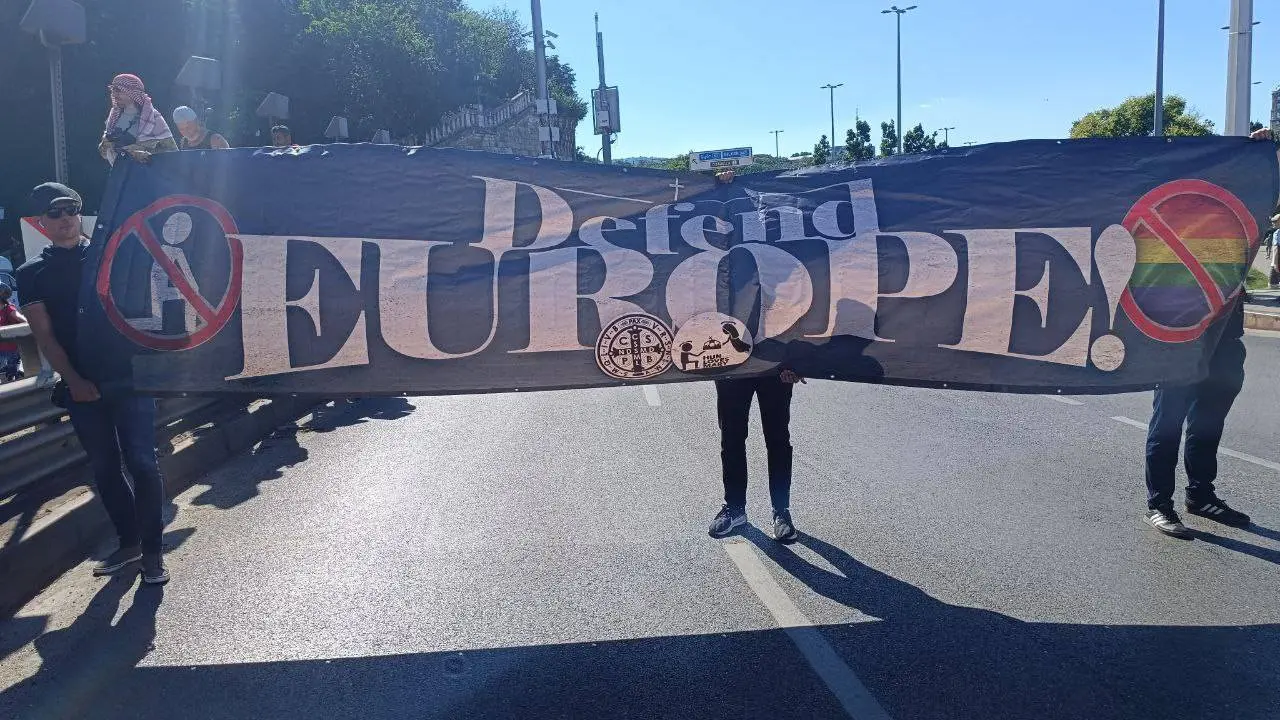
The Pride demonstration, in contrast, leaned on international political support and the backing of subversive globalist NGOs. Reports noted the presence of EU officials and foreign diplomats who joined the parade despite its status as an unlawful gathering. Among them was controversial Irish politician Roderic O'Gorman, widely held responsible for Ireland's migration crisis. His appointment as Minister for Children sparked protests in 2020 after photos emerged of him with Peter Tatchell, a British activist long criticized for past writings on adult-child relations. This factor reinforced what many in nationalist circles have warned against for years: the importation of ideological pressure from outside actors into domestic policy and cultural debate.

Roderic O'Gorman and Budapest Mayor Gergely Karácson
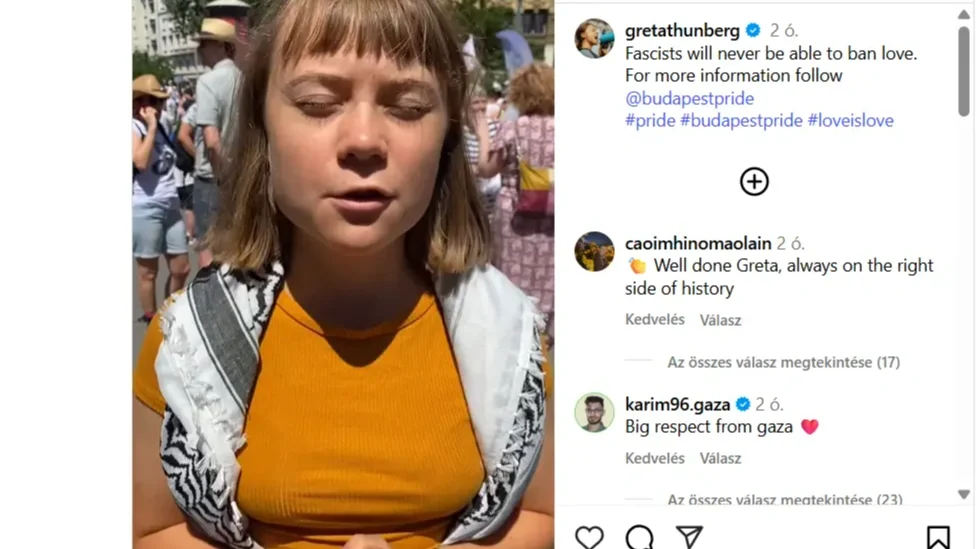
Even Greta Thunberg stepped forward to stand up for the marchers against perceived "fascism."
No significant clashes occurred between the two gatherings. But the division was plain. In one square, flags of the Carpathian Basin and traditional county coats of arms flew under national colors. In another, rainbow banners blended with symbols of Marxist revolution and sexualized artificial identity. The police walked the perimeter but did not intercede. The contest was not for physical dominance. It was for the orientation of the national mirror.
Pride supporters speak of inclusion and dignity, emphasizing visibility. Traditionalists and nationalists point to public decency and the right of parents to control the moral exposure of their children. Behind both stand broader networks. On one side, stands a multi-institutional subversive apparatus inserted in education, international law, and cultural programming. On the other hand, stands a revivalist current rooted in traditions older than neo-liberal postwar alignments, committed not to adaptation, but to recovery and renewal.
While the day passed without direct confrontation, the underlying divide deepened. Budapest Pride signaled confidence through numbers. HVIM signaled resolve through placement. One side marched to the cadence of decadence. The other stood firm against evil.
Sources: Magyar Jelen, HVIM (official), Index.hu
Az X- és Telegram-csatornáinkra feliratkozva egyetlen hírről sem maradsz le!Mi a munkánkkal háláljuk meg a megtisztelő figyelmüket és támogatásukat. A Magyarjelen.hu (Magyar Jelen) sem a kormánytól, sem a balliberális, nyíltan globalista ellenzéktől nem függ, ezért mindkét oldalról őszintén tud írni, hírt közölni, oknyomozni, igazságot feltárni.
Támogatás

